Get A Grip: Summer Tires Vs. All-Season Tires In Ottawa
Learn from Ottawa's #1 Car Tire Retailer And Expert Tire Installers- August 20, 2019
- Wheels & Tires
- Posted by goldwing
- Comments Off on Get A Grip: Summer Tires Vs. All-Season Tires In Ottawa
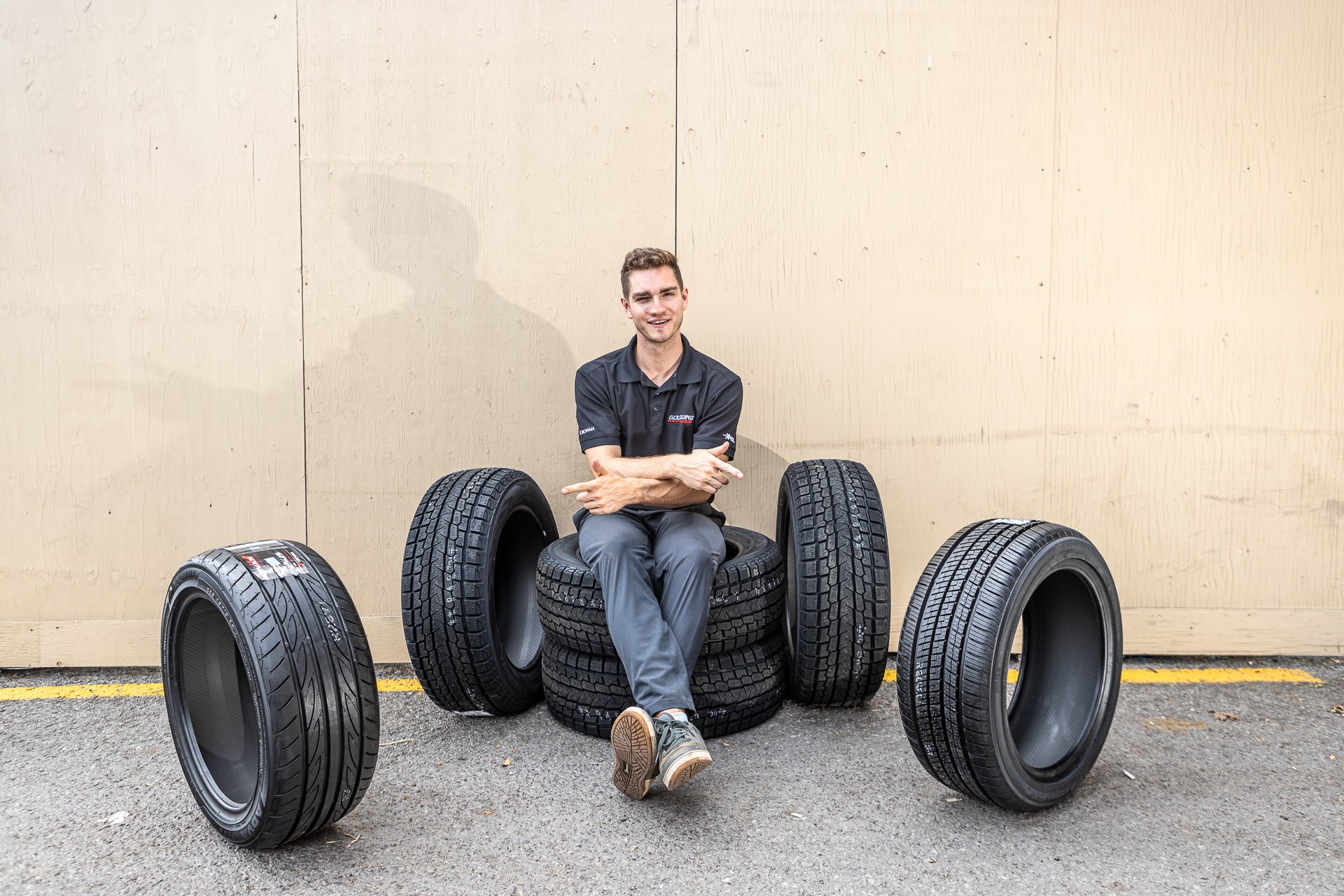
ALL-SEASON VS. HIGH-PERFORMANCE SUMMER TIRES
It’s officially Summer, and one question our customers are asking us is “What’s the difference between Summer tires and All-season tires?”.
A valid question considering more new cars are forgoing all-season tires and come with brand new Summer tires, especially on sport or touring vehicle models. While there are some big differences between the two, its the subtle differences you may not notice that actually count the most. We’ll get into it nice and easy here on out.
Want the TLDR?
(Too Long, Didn’t Read)
The down n’ dirty of it is that all-season tires perform better in the shoulder months of the Spring and Fall, while high-performance summer tires will track best in the *surprise surprise* Summer. When it comes to longevity, you can put money on the all-seasons for outlasting the summers kilometer for kilometer.

DIFFERENCE #1 | TREAD PATTERN

ALL-SEASON TIRES
The first visible difference you will notice between all-season and summer tires is the tread pattern. This is the pattern of grooves, blocks, and siping that make up the contact patch of a tire.
On most all-season tires, a uni-directional tread pattern is present. This design is suitable to efficiently redirect liquids such as rainwater when driving while maintaining a relatively quiet level of road noise.
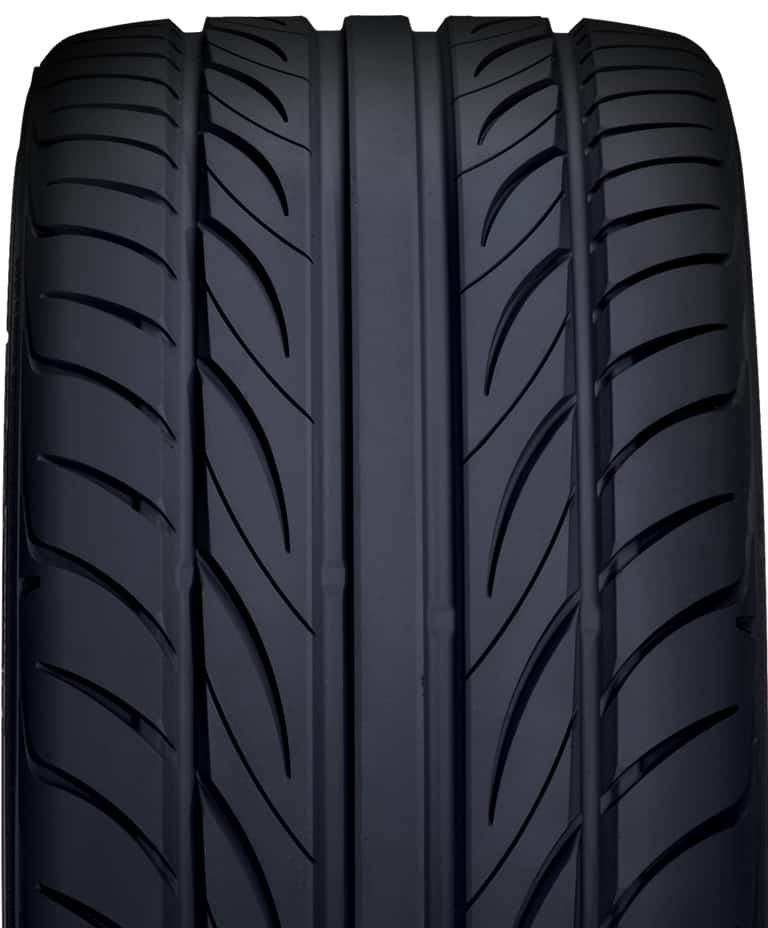
HIGH-PERFORMANCE SUMMER TIRES
Most high-performance summer tires exhibit an aggressive arrowhead or otherwise directional pattern on the tires to maximize grip when cornering and to disperse liquids at high speeds. This makes for better traction in wet or hydroplane scenarios at the expense of road noise as directionally-aggressive patterns will produce more sound off the ground.
DIFFERENCE #2 | RUBBER COMPOUND
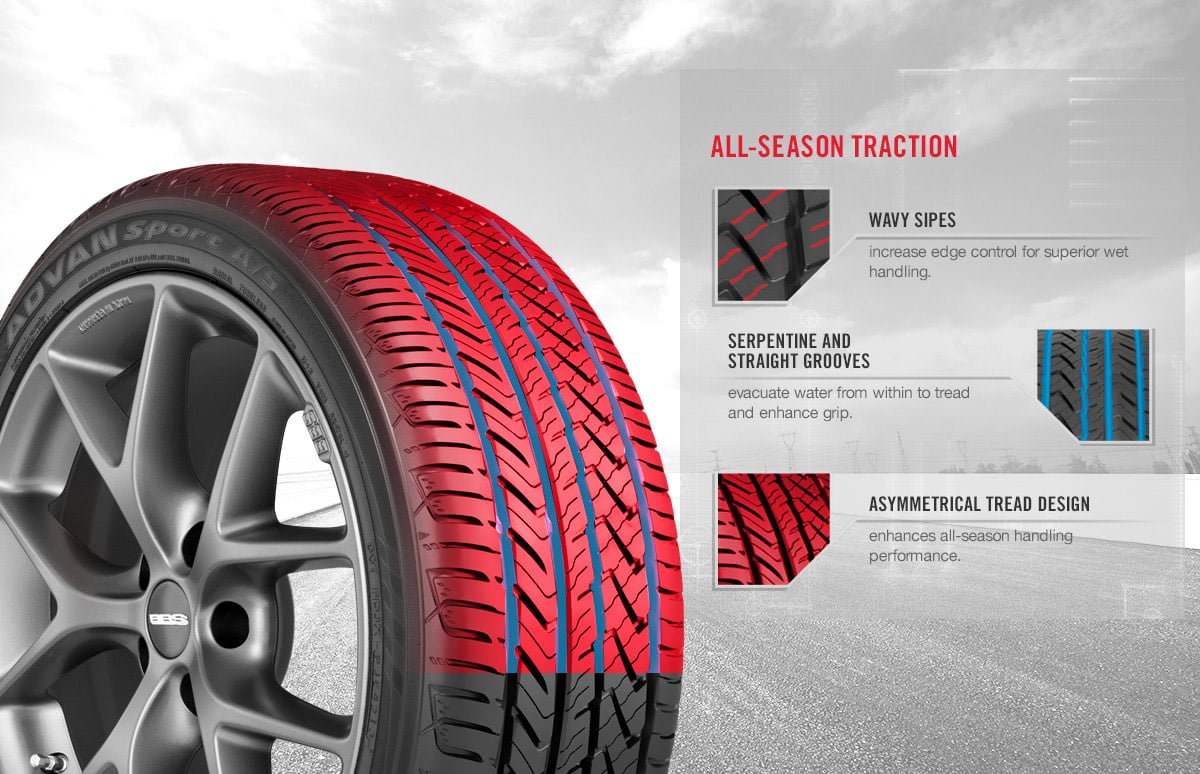
ALL-SEASON TIRES
Rubber compounds used in All-Season Tires are engineered to provide longer tread life than Summer Tires, which have shallower tread depths. They tend to provide ride comfort, handling, and other performance attributes suitable for most drivers.
With a moderate rubber compound, All-Season tires perform well in warm weather, but they may offer less grip than Summer Tires, sacrificing some steering, braking, and cornering capabilities. This trade off is necessary for all-season tires to be able to provide acceptable performance in light winter conditions and provide longer tread life.

HIGH-PERFORMANCE SUMMER TIRES
Summer Tire rubber compounds are soft, built for agility around corners, and for flat-out speed. The tread compounds of summer tires are softer, designed to remain more flexible, allowing for better traction and grip. Summer tires may have shallower tread depths that allow for more stability when pushed closer to their limits. The softer, shallower rubber compound does result in considerably faster wear over time than All-Season Tires.
DIFFERENCE #3 | PRICE & SIZING
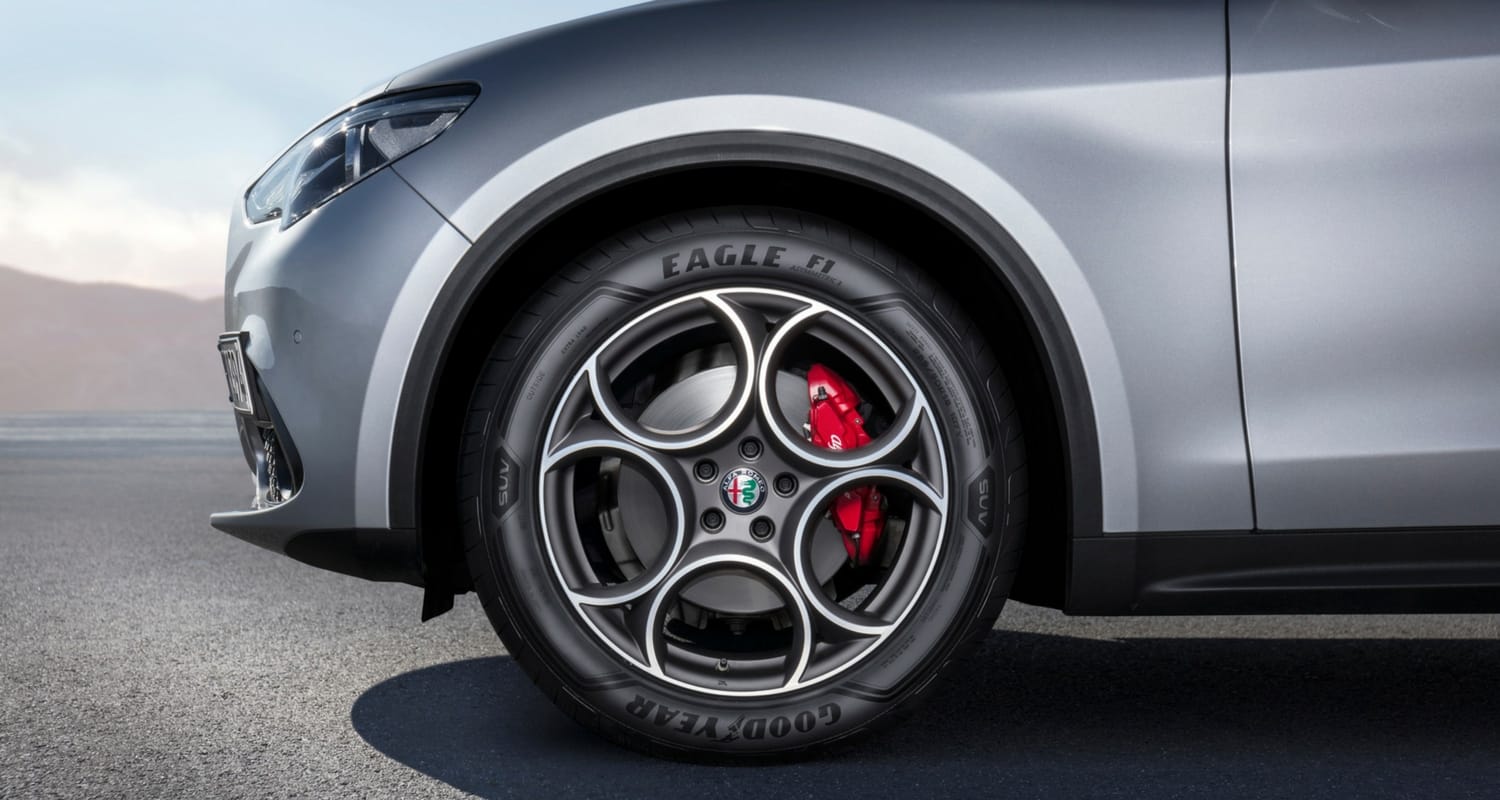
ALL-SEASON TIRES
All-Season tires are made and priced for “everyman” vehicles. This means they’re more often than not available in your required tire size whether you drive a Hyundai Elantra with 15″ tires or want to lug 31″ tires on your Truck.
Price-wise the all-seasons are typically lower in cost than Summer performance tires in part due to the rubber compounds used.
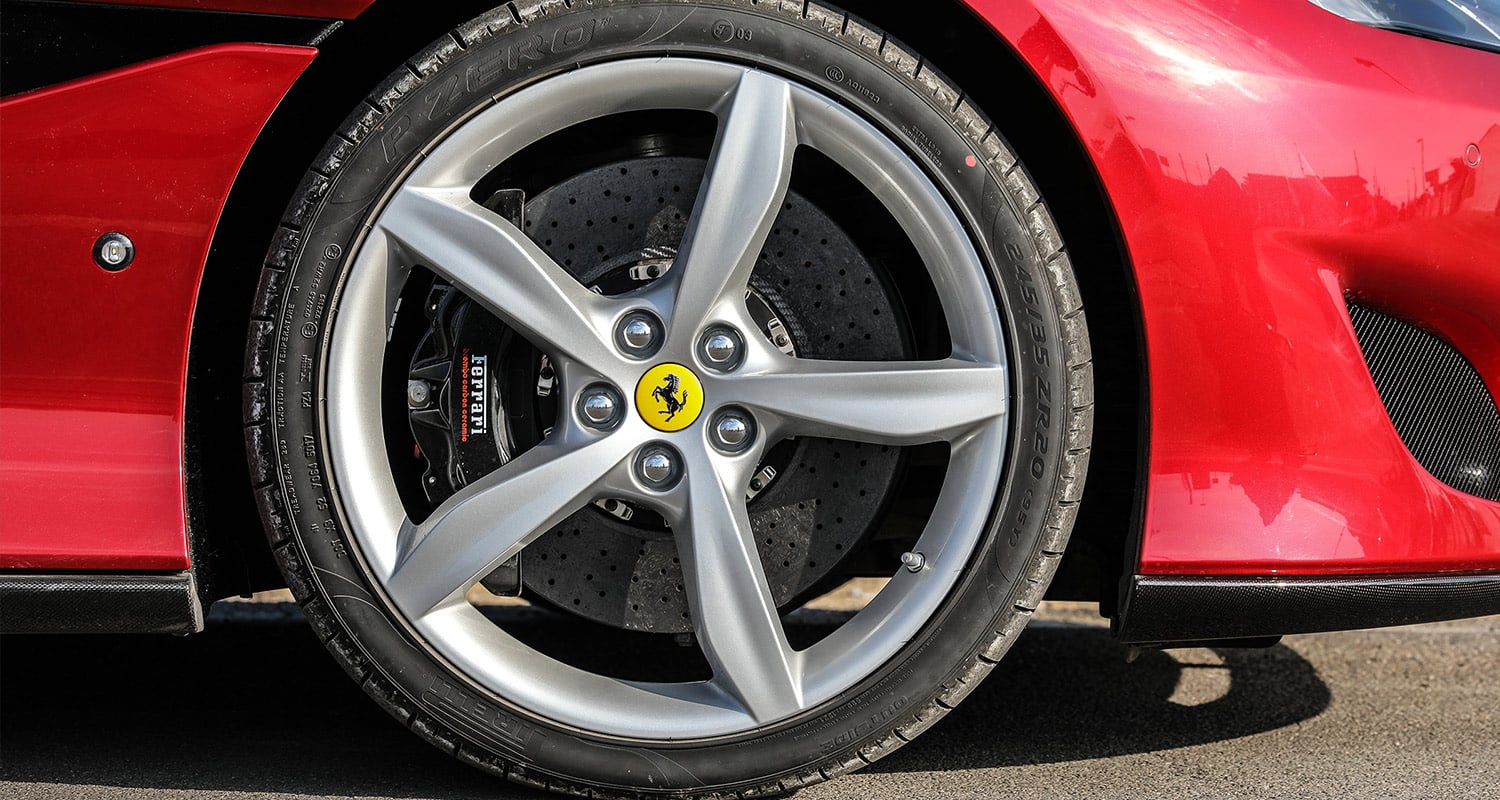
HIGH-PERFORMANCE SUMMER TIRES
High-Performance Summer tires can be made to fit most sizes and styles of vehicles, but are mostly for sport applications. This results in a low-profile sidewall to the tire, maximizing grip and rigidity through corners. Something like the picture above wouldn’t fly on a Jeep or SUV!
Price-wise these types of tires are more expensive than comparable All-Season tires. This is because of the added R/D and softer rubber compound used to develop the tire.
SO…. WHICH IS BETTER?
There is a tire for every kind of driver out there. So when it comes down to deciding Summer over All-Season tires or vice-versa, you can’t go wrong by choosing a tire to match your driving and budget preferences. Here’s some examples,
To go fast?
All-Season tires cannot compare in high speeds to High-Performance Summer tires. If you’re looking for the all out best performance on the street or the track, High-Performance Summer tires are the way to go.
To go far?
Typically, All-Season tires do last longer. This is in part to the treadwear grade (UTQG) of a tire and can be found on the sidewall. The UTQG rating system originated in the US as a way to help consumers make more informed tire-buying decisions. Tire manufacturers give their own tires a grade for treadwear, traction and temperature. Together, these numbers makes up a tire’s UTQG rating—a three-digit number plus two letters. For example, 500 AA.
To save gas?
A tire’s rolling resistance dictates just how much energy your vehicle needs to send to your tires to maintain movement at a consistent speed over a surface.
In other words, it is the effort required to keep a tire rolling. All-season tire rubber compound typically has a lower rolling resistance than performance Summer tires. While this may not ring true in 100% of cases, this is something to be especially mindful if running a large (SUV, Truck, Jeep) wheel and tire setup.
To stop better?
The rubber compound of high-performance Summer tires is softer and perform better under high heat and stress. This means that on hard stops, the Summer tires come out on top.
Only drive in the Summer?
If you have a Summer car, the best way to take advantage of its power and nimbleness is with high-performance Summer tires.
Drive all year long?
The average driver uses their vehicles all-year ’round. With the exception of Winter driving, the All-Season tire works best in the shoulder months of Spring and Fall.
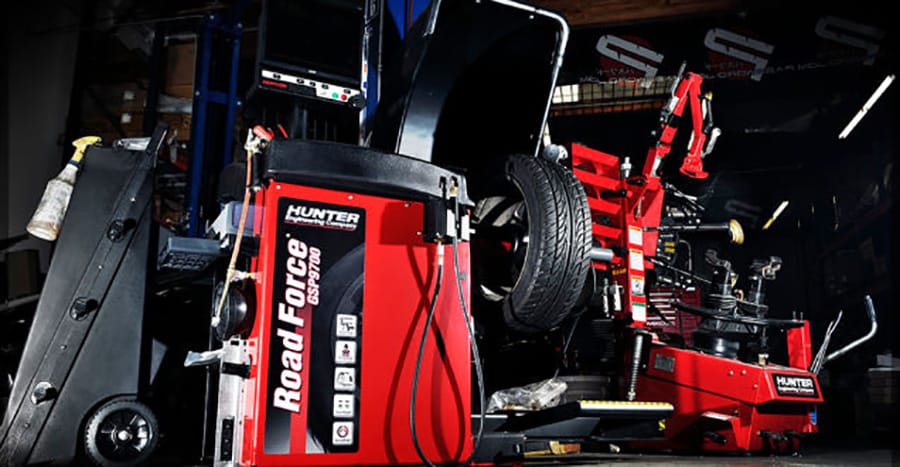
4 TELLTALE TREADWEAR SIGNS

OVER INFLATION
A clear indicator of an overinflated tire is an excessively worn centre portion of the tread . Wear in this area of the tire is a direct result of the tire riding on the centre portion of the tread making that area support the entire weight of the car and ultimately causing the tire to wear unevenly and prematurely.

UNDER INFLATION
Low tire pressures or consistently under inflated tires are the main cause of this type of treadwear. When the tire is under inflated, the outer edges of the tire are forced to support the entire weight of the vehicle, which causes these areas to wear quickly. Correcting the tire pressure to the recommended inflation pressure will cure this issue.

FEATHERING
Feathering is a treadwear condition in which the edges of the tire tread ribs develop a slightly rounded edge as well as a sharp edge. The most common cause of this type of treadwear is an incorrect toe-in setting (front tires are pointing inwards at the front of the vehicle), which can be corrected with an alignment.

ONE-SIDED WEAR
One-sided wear occurs when one or more inner or outer ribs wear unevenly or faster than the rest of the tire, which indicates that a wheel alignment is required. This indicates that there is excessive camber in the suspension causing the top of the tire to lean too far inward or outwards putting high load levels on these areas of the tread.
In most cases, irregular treadwear can be rectified by ensuring your tires are inflated properly. In other cases a mechanical adjustment is necessary. If you would like our opinion bring the vehicle over to our Ottawa Tire Shop.
We’d be glad to help take a look and determine your treadwear issue(s).

CONTACT US
Goldwing Autocare
48 Colonnade Road, Ottawa
613 727-7000
quotes@goldwingautocare.com

